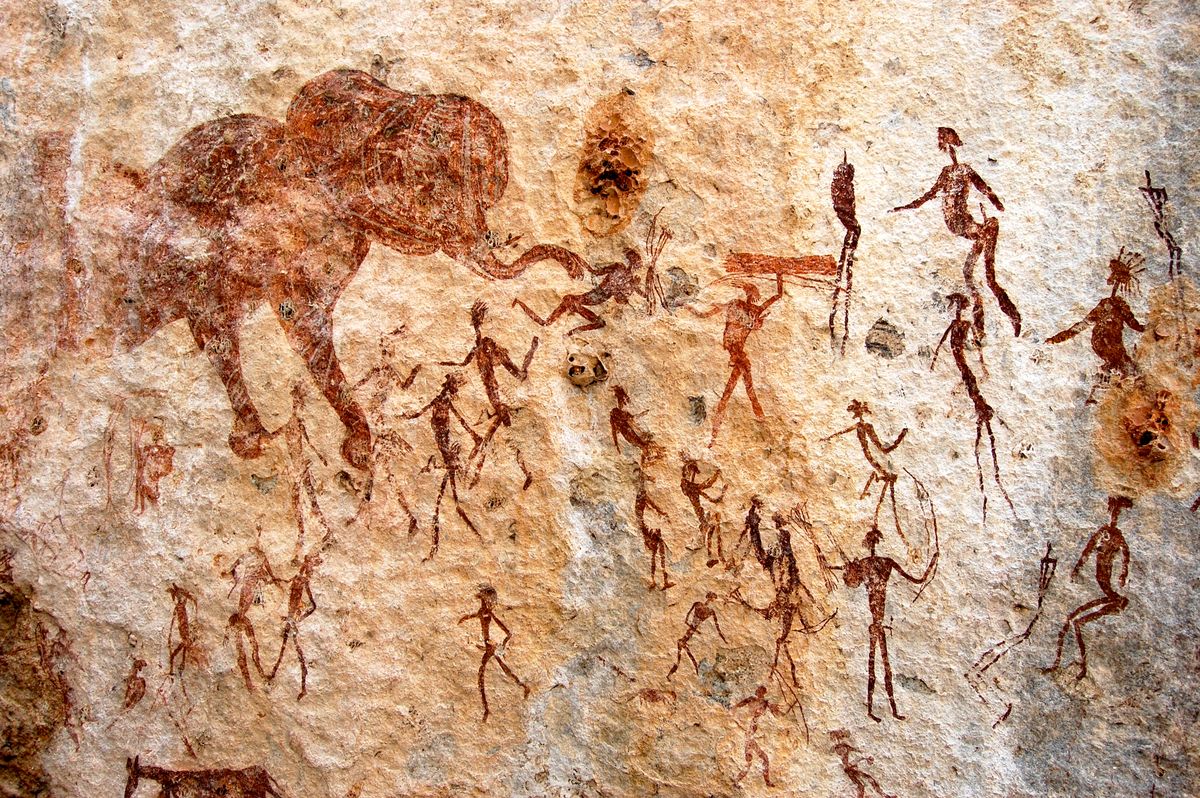Prehistoric women weren’t just gatherers – they were hunters, too
So why has this “male hunter” myth become so standard?

A few minutes every morning is all you need.
Stay up to date on the world's Headlines and Human Stories. It's fun, it's factual, it's fluff-free.
When you went to school as a kid, you probably learned that early humans divided their duties based on sex or gender – that men hunted and women gathered. You probably were taught that the male anatomy was better suited for this kind of physical task. Well, that might not actually be the case.
According to new anthropology research published in Scientific American and American Anthropologist, women hunted, too. University of Delaware anthropology professor Sarah Lacy and Cara Ocobock from the University of Notre Dame collaborated on research in this area, exploring how labor was divided based on sex during the Paleolithic era ( around 2.5 million to 12,000 years ago). And they didn’t really find a whole lot supporting the idea that duties like hunting and gathering were assigned based on sex. In fact, their study team found evidence of gender equality in art, burial practices, nutrition and tools from this time period.
“When we take a deeper look at the anatomy and the modern physiology and then actually look at the skeletal remains of ancient people, there's no difference in trauma patterns between males and females because they're doing the same activities,” Professor Lacy says.
Lacy and Ocobock aren’t the first scholars to point this misconception out. Earlier this summer, Abigail Anderson and Cara Wall-Scheffler of Seattle Pacific University led another study on this subject. This report shows that 79% of the 63 societies studied had clear descriptions of their hunting strategies with women hunters. This is the case even for women who have had children, challenging the idea that women's bodies and childcare duties limit their abilities to run and hunt.
So why has this “male hunter” myth become so standard?
“People found things in the past, and they just automatically gendered them male and didn’t acknowledge the fact that everyone we found in the past has these markers, whether in their bones or in stone tools that are being placed in their burials,” explains Professor Lacy. “We can’t really tell who made what, right? We can’t say, ‘Oh, only males flintknap,’ because there’s no signature left on the stone tool that tells us who made it.”




Comments ()